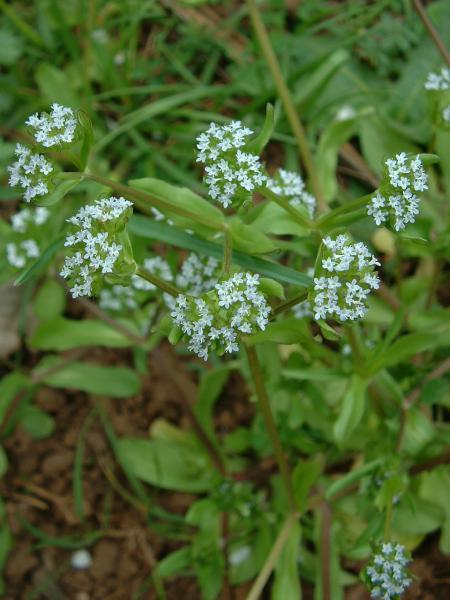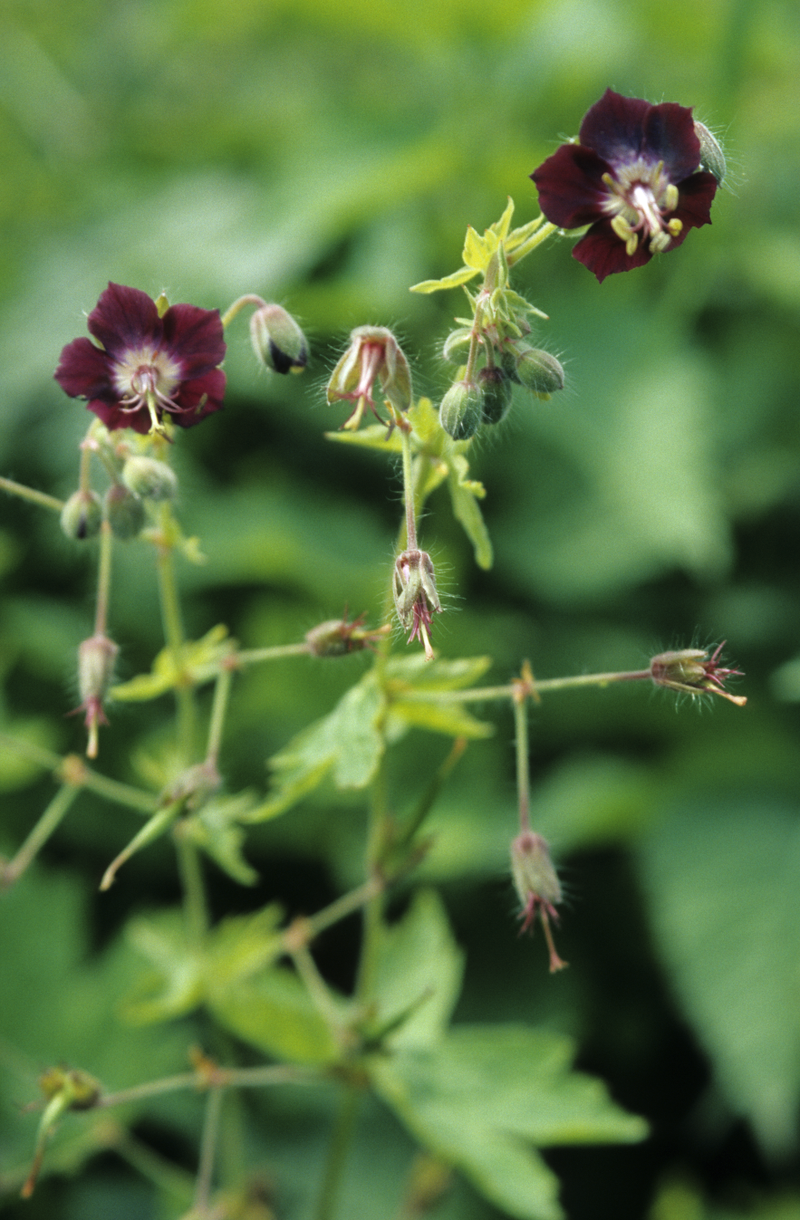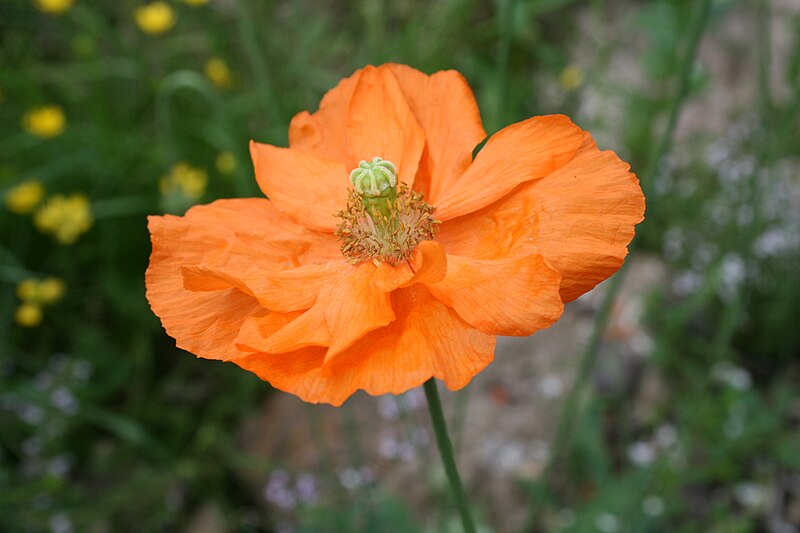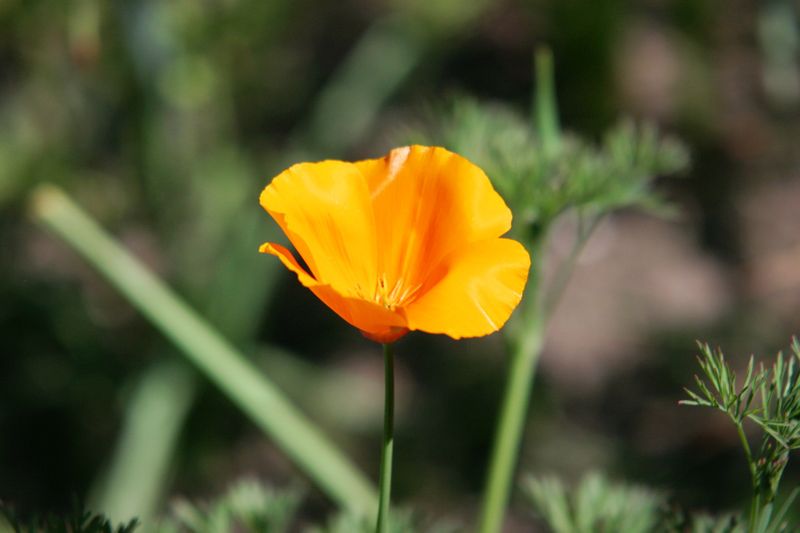The first good find of the day was tens of thousands of Common Cornsalad (Valerianella locusta) in Parsons Green industrial estate, St Ives. The plants were going over but at least that meant that seeds were present to allow confirmation of the species ID.
photo by J.F. Gaffard (Wikimedia Commons)
New to the county was this surprise - Corsican Hellebore (Helleborus argutifolius). I caught a hint of yellow-green out the corner of my eye and instantly knew I was onto something good. Its not a colour I expect for a native plant, and so much of plant hunting is keeping half an eye open for subtle changes in colour and texture. On closer inspection I found nine plants in rough grassland by the Park and Ride at St Ives. Past their best, but with signs of lots of seed to come.
Further along Meadow Lane, the next find was Pink-sorrel (Oxalis articulata) (photo), with Large-flowered Pink-sorrel (Oxalis debilis) later in Holywell churchyard,
photo by Michal Smoczyk (Wikimedia Commons)
To round off a productive day, I joined the HFFS for the visit to Houghton Meadows. The meadows were in full bloom, with one of the highlights of the site being its population of Green-winged Orchid (Anacamptis morio).









.jpg/800px-Meconopsis_cambrica-03_(xndr).jpg)

.jpg/800px-Vulpia_myuros_plant3_(7429500698).jpg)

